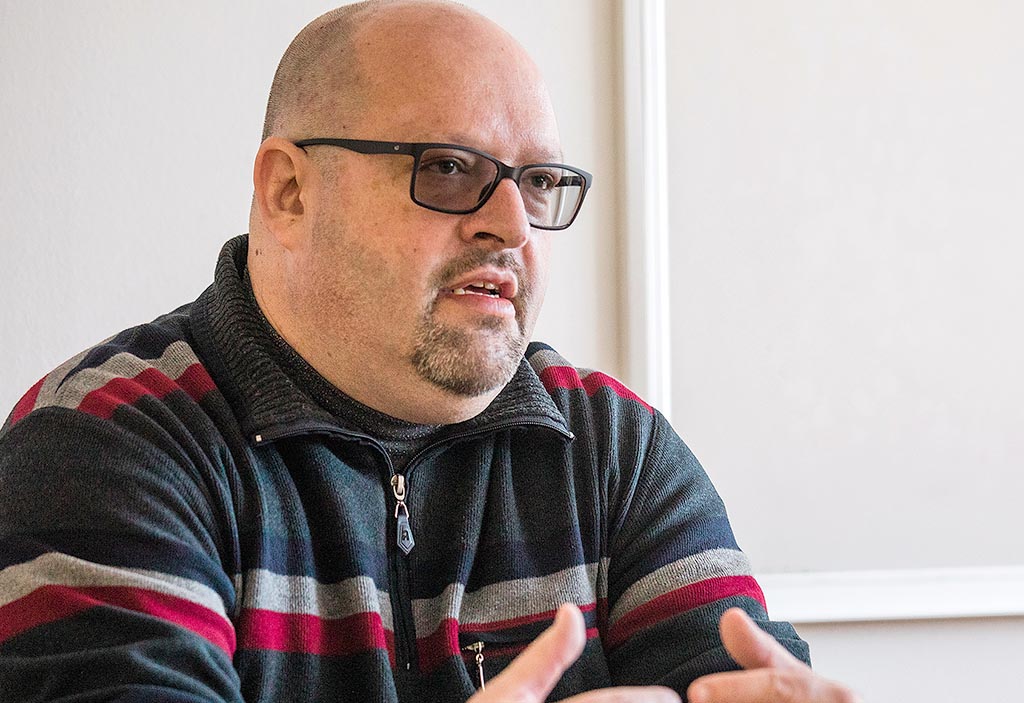By: Dr. Matevž Tomšič
Events, which the British historian Timothy Garton called the “revolutions of 1989”, were without a doubt one of the most significant breaking points in recent European history. However, they were not “revolutions” in the true meaning of the word, nor radical – and often violent – changes of social order. Their goal was the “return to Europe”, or the establishment of the institutional system, characteristic of the developed European societies. The condition for achieving this goal was the deconstruction of the communist regimes and the abolishment of their legacy, which was a challenge like no other. It was much more difficult than the abolishment of the authoritarian regimes that existed until the 1970s in some South European countries, whose only task was to establish democratic institutions and reform the repressive apparatus which maintained the dictatorships. But in the case of Eastern and Central Europe, an entire transformation of political and economic system and a change of cultural patterns was needed. Especially the latter is something that can be achieved only through an extended time period. The complexity of the changes that were happening with different dynamics caused many troubles, complications and conflicts. Optimistic expectations from the early period of the transition were often shattered by realistic societal conditions, which caused many disappointments and frustrations.
There are many differences between former communist countries regarding the success of the implementation of the system´s transformation. For those who are now members of the EU, it can be said that they have achieved substantial progress in three decades. Some of them have, according to the development that can be measured with the gross social product, come close to the average of the EU. Basic democratic foundations have been established and the institutions of the system of the representative democracy are firm enough. Nevertheless, the effectiveness of these institutions is far from optimal, as clientelism and corruption is common across the region. In many places, the characteristics of the former regime are still noticeable, both in views and behavioural patterns, as well as in relation to occupied key positions within various different social subsystems.
The latter is especially typical of Slovenia, which is unique among similar countries of Central Europe in a sense that it has a high level of the so-called reproduction of the elites, or in other words it has preserved many representatives of the former system, or their physical or ideological descendants who occupy leading positions in politics, the economic sector, in education, the media, and in the judiciary system. Consequently, the supreme judge Jan Zobec referred to “the prevalence of the old regime mentality”. We are witnessing an ideological hegemony when the mainstream media is presenting leftist ideas and values as something normal and self-explanatory, regardless of the number of people that actually support it. During the last decade there has been – especially on the left side of the political spectre – a constant appearance of the “new faces”, which does not diversify political choices or establish the relevant alternative, but only strengthens dilettantism within Slovenian politics. Furthermore, these “new faces” are in fact only a facade under which the transitional centres of power, rooted in the structures of the old regime, are hiding.
However, former communist countries are not the only ones facing serious political problems, as the crisis of leadership is characteristic of the entire EU. In certain cases, its Eastern member-states are the ones that are the bulwark of normality against the ideological madness that is rising in the “developed” West.
Matevž Tomšič is doctor of Social Sciences, university lecturer, researcher and a publicist.

